
Our Tammie Anjali Tolani interviewed Samit Sawhny, Founder, Barefoot Havelock to learn what makes this two decades old resort the sustainability torch bearer on this island.
For context, here’s how the idea of Barefoot Havelock was conceived. Samit came to Havelock as a backpacker, in December 2001. Havelock, Andamans, had only recently been opened up to visitors, and he was blown by its beauty. Floating on his back in the sea off Beach No. 7 at Radhanagar, looking back towards shore, he saw crystal-clear water lapping gently on a broad sweep of powder-white sand, backed by dense green rainforest, and knew that this was it. He needed to create something that would add to the beauty of the island and that is how Barefoot was born! Here he answers some of the questions that largely centre around the beliefs that Barefoot Havelock holds dear and the ecological balance that needs to be respected in the space that the resort occupies. Read on! 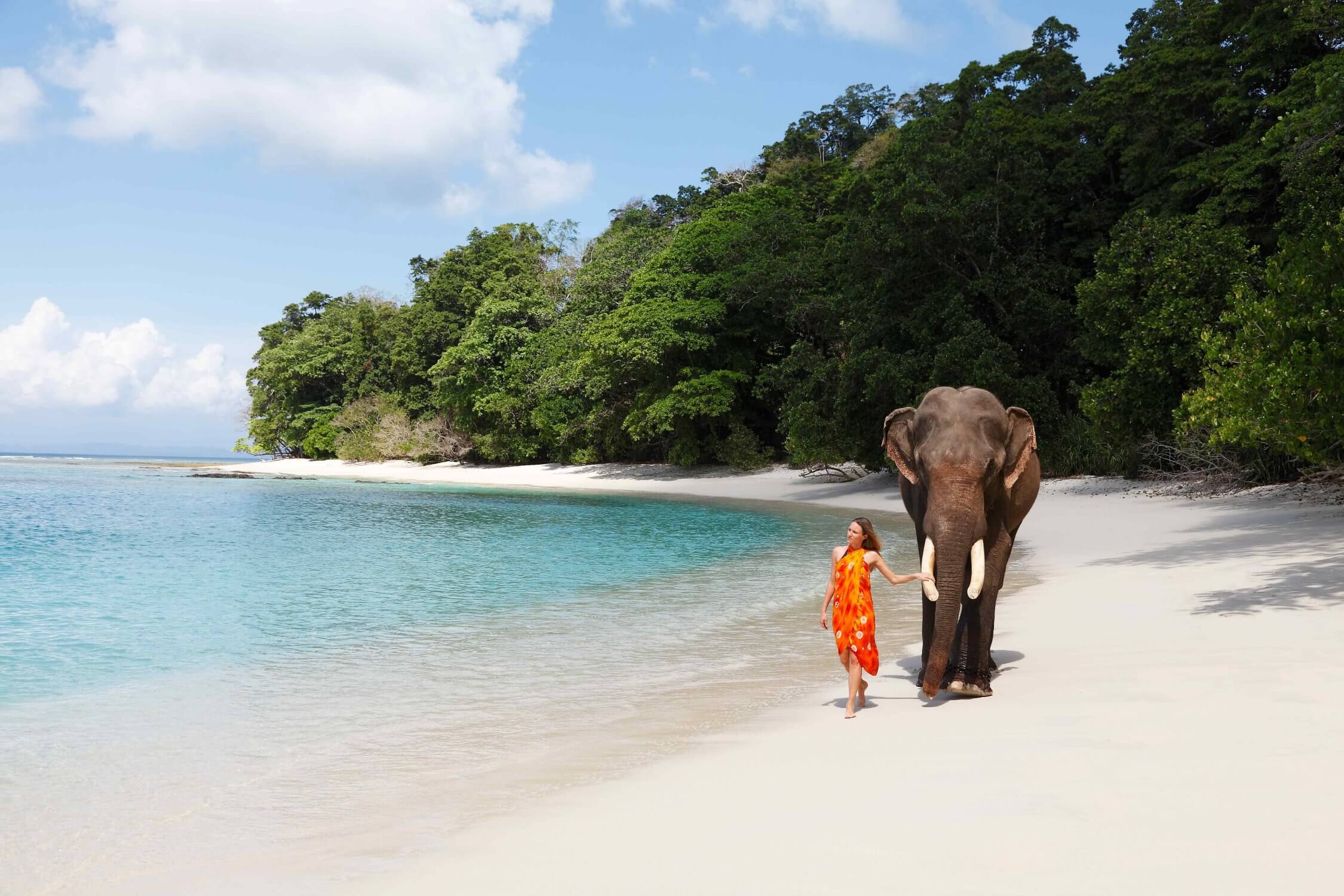
1. Why the choice of Havelock for Barefoot?
Barefoot was founded at the start of the Millenium: at that point of time, tourist footfalls in Andaman were negligible at Port Blair itself and only a fraction of those who came to Port Blair actually attempted to continue to Havelock. Havelock was well and truly cut off then: there wasn’t even a daily ferry service from Port Blair and on days when ferries operated, they were painfully slow, taking between four to six hours to reach. The visitation was almost exclusively European and Israeli backpackers at the time. On the face of it, the numbers pointed to Havelock Island being un-investable. But the numbers then failed to account for Radhanagar Beach, which is, quite simply stunning. It has since been deservedly ranked as the Best Beach in Asia by Time Magazine, and, each year for the past decade, continues to be ranked the Best beach in Asia on TripAdvisor. With a world class destination like that, the thought behind situating our resort at Radhanagar, Havelock was, quite simply: ”Build it and they will come”.
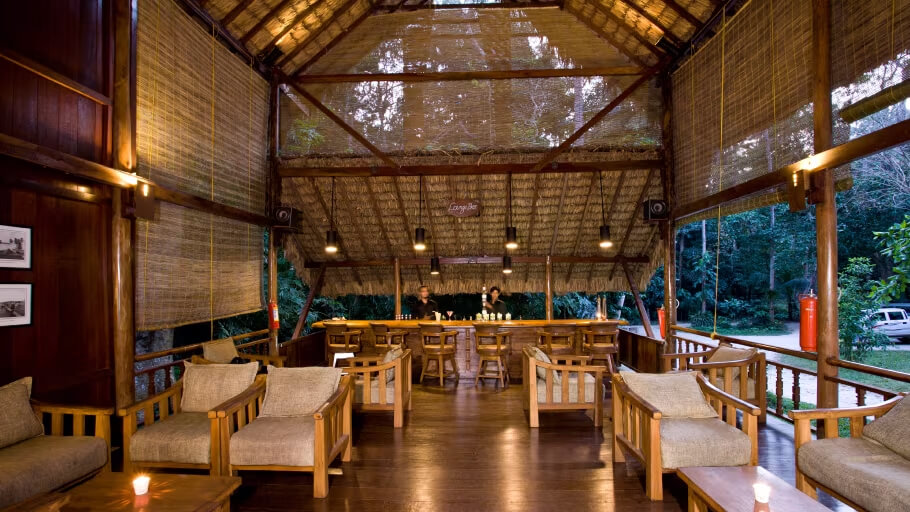
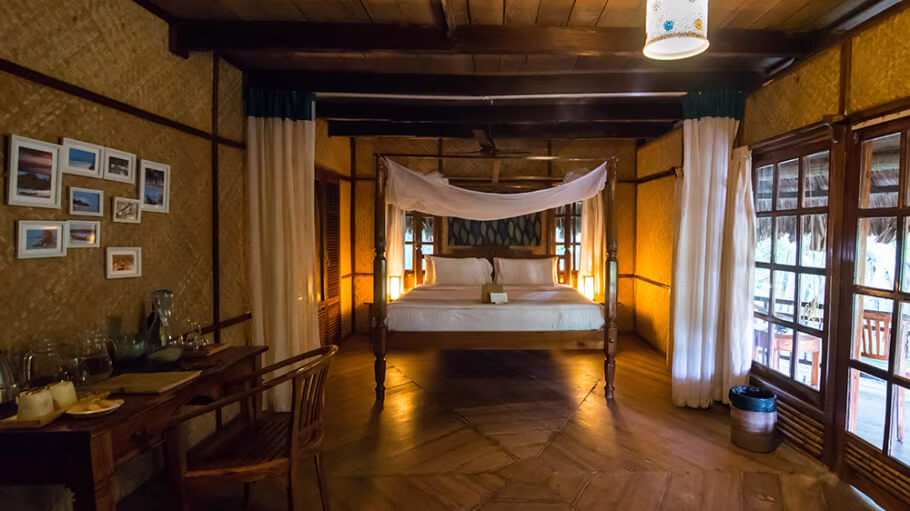
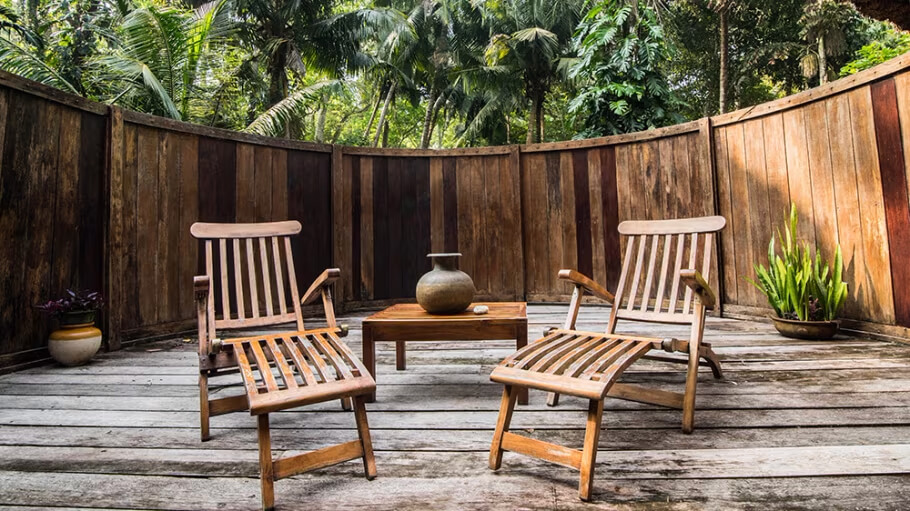
2. What are the core driving values for Barefoot as a resort?
Our organization has a mission and vision statement document, within which our “Core Values” are spelled out and communicated to staff in Hindi and in English. Our values, as spelled out in English are: “SERENE”.
- Sustainability – environmental and economic
- Equity – meaningful participation of and benefit to local communities and all internal and external stakeholders Rootedness – steeped in local culture and ethos, drawing deeply from the local vernacular
- Experiential – create memories to savour for a lifetime, make a positive change to guests’ outlook and frames of reference
- Natural – let nature be the hero
- Empathy – approach local fauna & flora, neighbouring communities, employees and guests with empathy and understanding and let this sensibility inform all our actions
Our staff are inducted with this and reminded of the same each year. Barefoot at Havelock is an environment conscious resort, a truly one-of-a-kind space. It stands as an example of conscious landscape architecture, of mindful design incorporating all elements in its surroundings. The resort is built in keeping with Barefoot’s ethos of being drawn from and connected to the earth, of being rooted in and giving back to the environment and community as well. At Barefoot, we believed in going beyond cosmetic afterthoughts towards sustainability and instead, created the resort from a platform of sustainability, allowing sustainability concerns to trump commerce at every step of design. Starting from this point, the resort is unique in that it is a resort built to be an example of sustainability and not a resort built for luxury with sustainable embellishments at the end of the project to dress up the package. The resort was crafted with a vision to create the true Andaman experience within our resort premises itself. The Andaman of your imagination, of white sand beach and lush green rain forest is the reality of our location and we have worked hard and stopped at nothing (including growing our own rainforest) to ensure that our landscape matches your dreamscape. We grew a rainforest on our land, built with natural materials only, raised cottages on stilts to allow natural runoffs, crafted earthen pathways to allow free movement of fauna, chose muted lighting to remain a home for nocturnal birds and animals, landscaped exclusively through endemics mirroring the Andaman rainforest and built water self-sustainability into our landscape design, thereby ensuring sustainability through conscious design. The resort, thus, reflects our Core Values!
3. What are non-negotiable values/ measures that Barefoot holds dear?
All of our Core Values are, by definition, non-negotiable. That is not to say that we meet the demands of these values at a 100% level, 100% of the time, but it does mean that these values remain our guiding light, our North Star, and all efforts are informed by these values. Practically, what it means is that if, for a key event or decision point, we find that commercial considerations and core values are at counterpoints, the commercial consideration would be secondary. As an example, a repeated criticism from our guests is the lack of pathway lighting (we issue flashlights and have muted downcast lights at waypoints through our 25 acre property). This exists by design: the resort campus is home to many nocturnal species including resident owls and bright lighting would make the campus a less suitable habitat. Some guests, particularly those who have not researched the property before booking, have rated us poorly stating that they feel unsafe in a jungle environment. One response, the more commercial approach, would be to give in to counter repeated loss of business and have brighter lights and manicured lawns and appeal to a much wider audience. However, despite repeated criticism (which is valid from the point of view of guests expecting and preferring a more conventional resort), we continue to prioritise in-campus biodiversity over hard commerce and continue to keep the jungle landscape and muted lighting intact. It is not by accident that Barefoot at Havelock has one of the highest species diversity and highest BioScores of any resort campus in the country. This is possible only through studied prioritisation of outcomes in favour of sustainability. 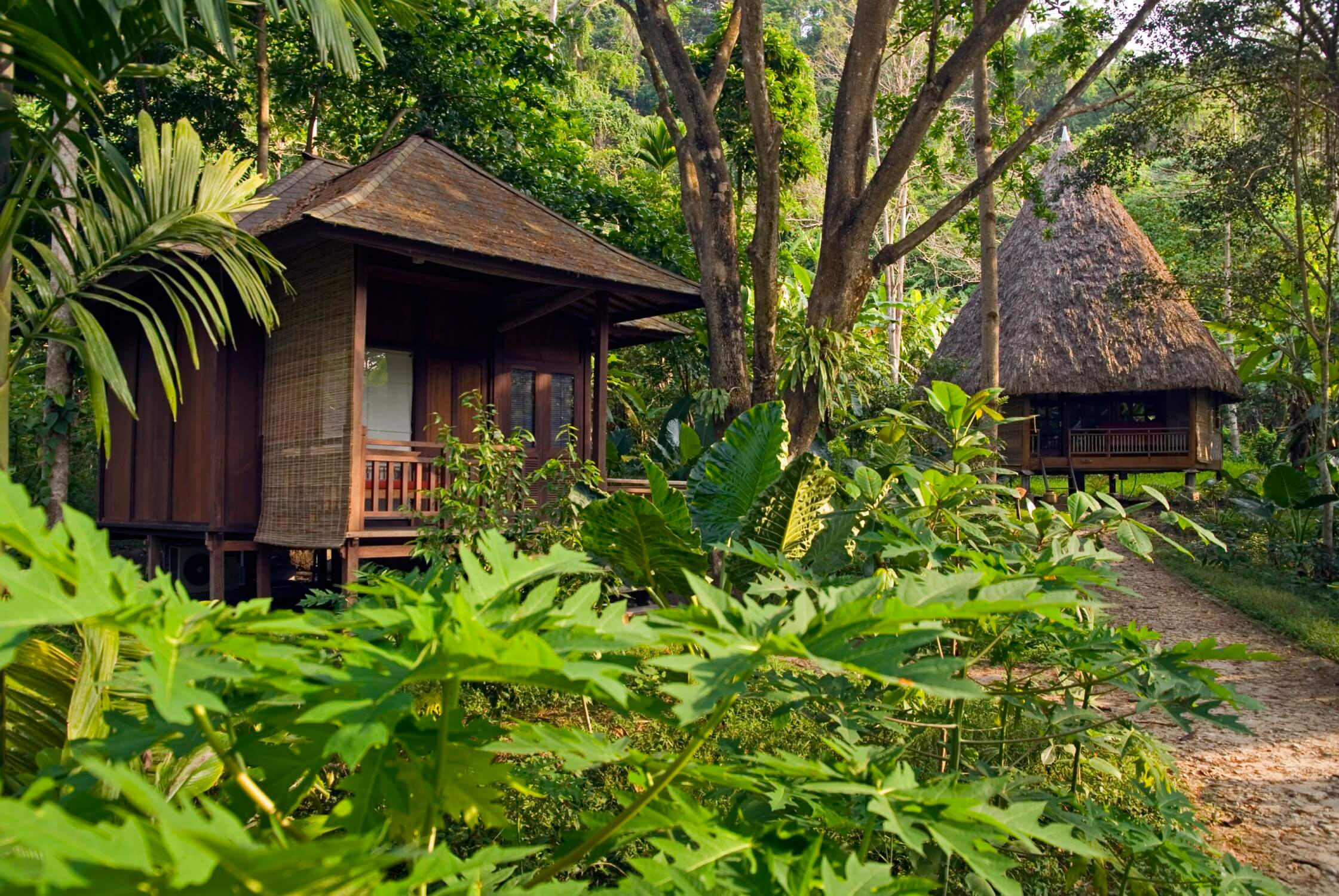
4. Who are the guests who would seek out Barefoot?
The majority of guests who reach us have come to the right place. These are people who value experiences and biodiversity over convention and luxury, those who appreciate the value of living in nature and imbibing new experiences. We believe that ours is the only property in all of Andaman that offers guests the chance to stay in a campus that is truly a microcosm of Andaman itself: the magical juxtaposition of jungle and beach. Despite being situated behind Asia’s best beach, we are not primarily a beach resort. At Barefoot at Havelock, the look and feel is of a dense jungle resort in the wilderness. Of course you do hear the ocean and the resort does open to a postcard-worthy avenue of 100 foot tall trees fronting the most gorgeous white sand beach. But we are at heart, a jungle resort, set in 25 acres of regrown rainforest. Most resorts in Havelock are set in land areas between half an acre up to five acres, within an average of ten rooms per acre. Barefoot has just 31 rooms set across 25 acres: guests who value this luxury of space and the wilderness setting are guests who would seek out Barefoot. Barefoot also offers the widest menu of adventure activities of any resort in Andaman, and we conduct all of these ourselves, using our own boats and equipment and with our own naturalists and instructors. Activities include treks, snorkeling excursions, kayaking tours, scuba diving, cruises, nature walks, stand up paddling, rock pooling and much more besides. Guests who value adventure, too, are guests who would seek out Barefoot.
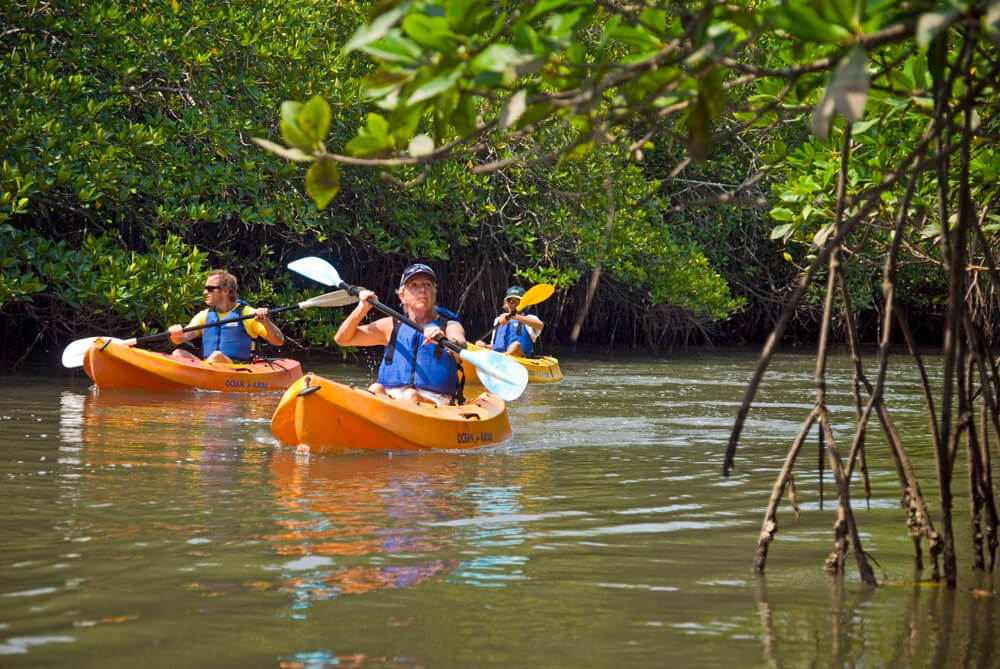
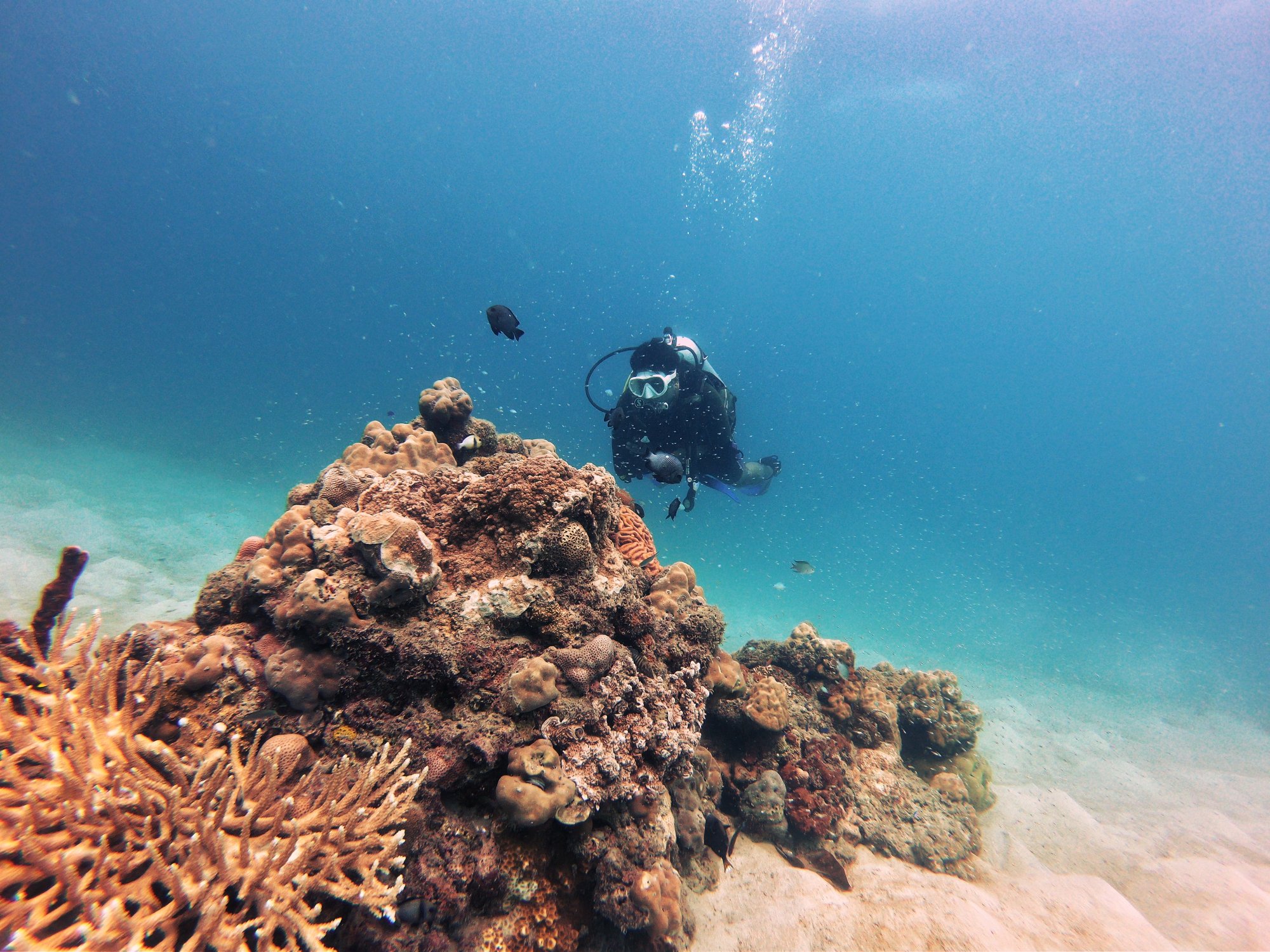
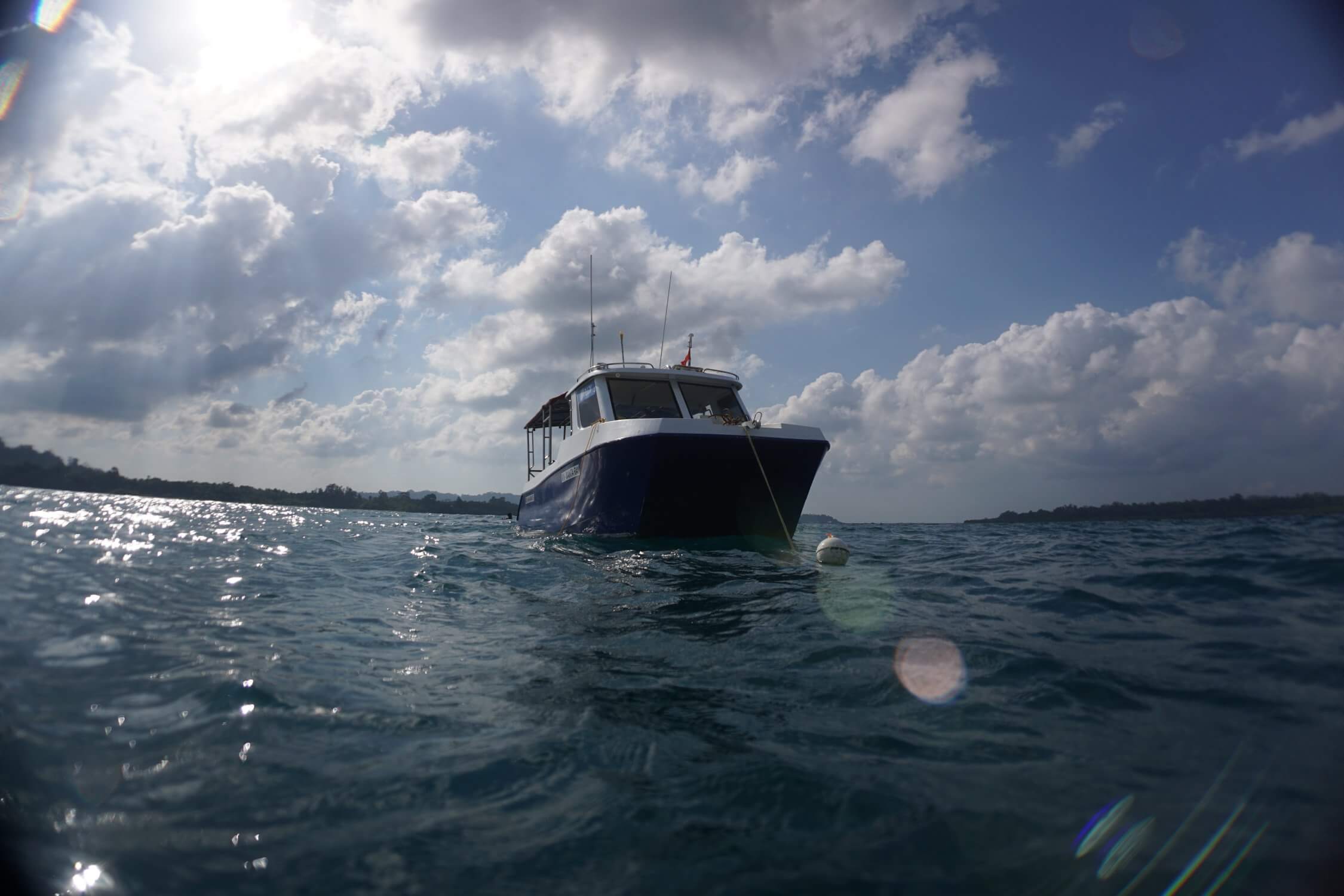
5. How has Barefoot influenced sustainability measures in Havelock and in the Andamans as a whole?
Barefoot was the first resort in Andaman. In the early years, we did have an oversized impact at Havelock, because as a first mover, we set the example for other resorts to follow, and most of the first wave of resorts that came up after us at Havelock followed a template of constructing with natural materials. This changed over time, as visitation increased and entrepreneurs realised that natural materials were not cost effective and that the mass market was more price sensitive than eco-conscious, and a switch to RCC commenced by the second decade.
Now, more than twenty years on, ours is no longer the most premium property on the island, nor do we have the largest inventory. However, owing to the fact that we run other businesses beyond the resort (adventure sports, dive center, standalone restaurants, a DMC), we remain the largest employer on the island. Our preference for local employees who form the majority of our staff, our commitment to training and staff retention and our active participation in and sponsorship of community events has continued to have an impact on the fabric of the island.
Our naturalists contribute towards running training camps for villagers and forest department officials (for example in wildlife rescues). We hold regular beach cleanup activities, which many of our guests actively participate in, and we also run a scheme wherein we collect recyclable waste and incentivize guests to carry some out with them, back for recycling in the mainland. We have our own organic farm, complete with livestock, and are well connected with the rhythms of village life. Perhaps our biggest ongoing sustainability measure is the least noticed one: that we, alone amongst all resorts, are 100% self-sufficient for water, using resources harnessed and harvested on our own land, and do not take any water from the government or village supply lines.
6. What are your own views about the development and the increasing number of hotel chains that are opening in the Andamans?
Development and more resorts are not necessarily a bad thing, but only if supporting infrastructure is in place. Male, in the Maldives, for example is only 10% the size of Havelock but has a population 20 times that of Havelock, i.e. the ratio of people to land is 200 times more in Male, and of buildings to land more than 500 times.
What it comes down to is technology and infrastructure, if the government puts in place investment and manpower for civic amenities and waste management, then development will be more than welcome. At the moment, these are not in place, and newer hotels are adding to waste management woes that remain unaddressed.
In an ideal world, the Administration will acknowledge the fact that Havelock Island is the engine room of economic growth of the tourism sector in the Andamans and give it world class amenities and infrastructure to enable it to take its rightful place as a truly world class destination: nature has already bestowed world class status on Havelock, our part to seal the deal should in theory be easy.

